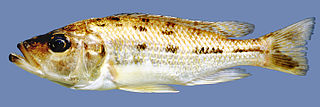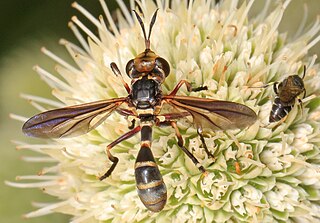
The pink-footed goose is a goose which breeds in eastern Greenland, Iceland, Svalbard, and recently Novaya Zemlya. It is migratory, wintering in northwest Europe, especially Ireland, Great Britain, the Netherlands, and western Denmark. The name is often abbreviated in colloquial usage to "pinkfoot". Anser is the Latin for "goose", and brachyrhynchus comes from the ancient Greek brachus "short" and rhunchos "bill".

The common gull or sea mew is a medium-sized gull that breeds in the Palearctic. The closely related short-billed gull is sometimes included in this species, which may be known collectively as "mew gull". Many common gulls migrate further south in winter. There are differing accounts as to how the species acquired its vernacular name.

The Ribble and Alt Estuaries lie on the Irish Sea coast of the ceremonial counties of Lancashire and Merseyside in the traditional county of Lancashire in north-west England, and form the boundaries of a number of conservation schemes.

Metriorhynchus is an extinct genus of marine crocodyliform that lived in the oceans during the Late Jurassic. The type species, M. brevirostris was named in 1829 as a species of Steneosaurus before being named as a separate genus by the German palaeontologist Christian von Meyer in 1832. The name Metriorhynchus means "Moderate snout", and is derived from the Greek Metrio- ("moderate") and -rhynchos ("snout").

Hemitaeniochromis urotaenia is a species of fish endemic to Lake Malawi in East Africa. It is the type species of the genus Hemitaeniochromis, and is part of family Cichlidae in subfamily Pseudocrenilabrinae and the tribe Haplochromini.

Hemitaeniochromis is a small genus of cichlid fishes endemic to Lake Malawi in east Africa. The genus is distinguished from other genera of Lake Malawi Haplochromini by details of its melanic color pattern and by its dentition. The color pattern includes (1) a midlateral horizontal stripe starting at least an eye length behind the operculum, this stripe broken into separate spots at least on its front half, more nearly continuous on its rear half, extending to the end of the caudal peduncle; (2) a second (supralateral) stripe above the midlateral one that is only on the front part of the flanks, and which is also at least partly broken into spots; (3) above this at the base of the dorsal fin are 4 or 5 dorsal midline spots. The dentition of the jaws is also distinctive in fish at least 10 centimetres in length ; the outer teeth are roughly conical with a single cusp and are spaced apart from each other by about the width of the tooth.

The short-snouted elephant shrew or short-snouted sengi is a species of elephant shrew in the family Macroscelididae. It is found over a wide area of Africa. Its natural habitats are dry savanna and subtropical or tropical dry lowland grassland.

Conopini is a tribe of the flies family Conopidae. The larvae of species are parasitic on bees, especially bumblebees. Most adults will feed on nectar.

The tundra bean goose is a goose that breeds in northern Siberia. This and the taiga bean goose are recognised as separate species by the American Ornithological Society and International Ornithologists' Union, but are considered a single species by other authorities. It is migratory and winters further south in Asia. The taiga and tundra bean goose diverged about 2.5 million years ago and established secondary contact ca. 60,000 years ago, resulting in extensive gene flow.
Parabathymyrus brachyrhynchus is an eel in the family Congridae. It was described by Henry Weed Fowler in 1934, originally under the genus Ariosoma. It is a marine, deep water-dwelling eel which is known from the western central Pacific Ocean. It dwells at a maximum depth of 289 metres. Males can reach a maximum total length of 33 centimetres.
Physoconops bulbirostris is a species in the family Conopidae, in the order Diptera ("flies").

Physoconops is a genus of thick-headed flies in the family Conopidae. There are about 13 described species in Physoconops.

Physoconops excisus is a species of thick-headed fly in the family Conopidae.
Physoconops discalis is a species of thick-headed fly in the family Conopidae.
Physoconops sylvosus is a species of thick-headed fly in the family Conopidae.
Physoconops floridanus, the Florida physoconops, is a species of thick-headed fly in the family Conopidae.
Physoconops gracilis is a species of thick-headed fly in the family Conopidae.
Physoconops analis is a species of thick-headed fly in the family Conopidae.

The short-billed gull is a medium-sized species of gull that breeds in northwestern North America. In North America, it was previously known as the mew gull, when it was considered conspecific with the palearctic common gull. Most authorities, including the American Ornithological Society in 2021, have split the two populations as distinct species.










